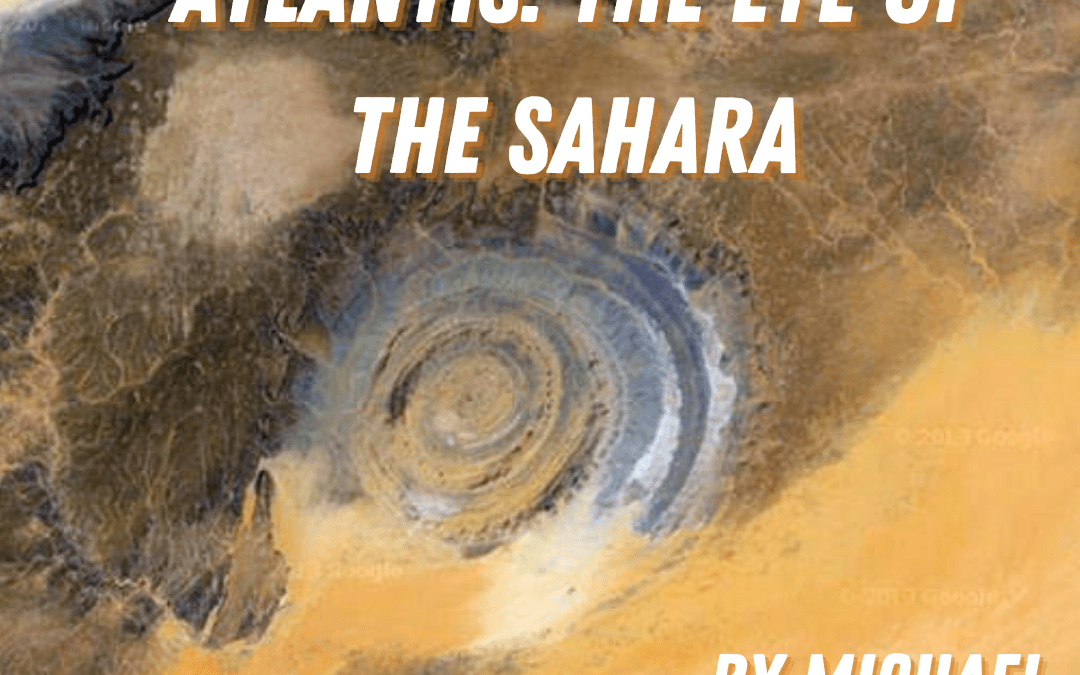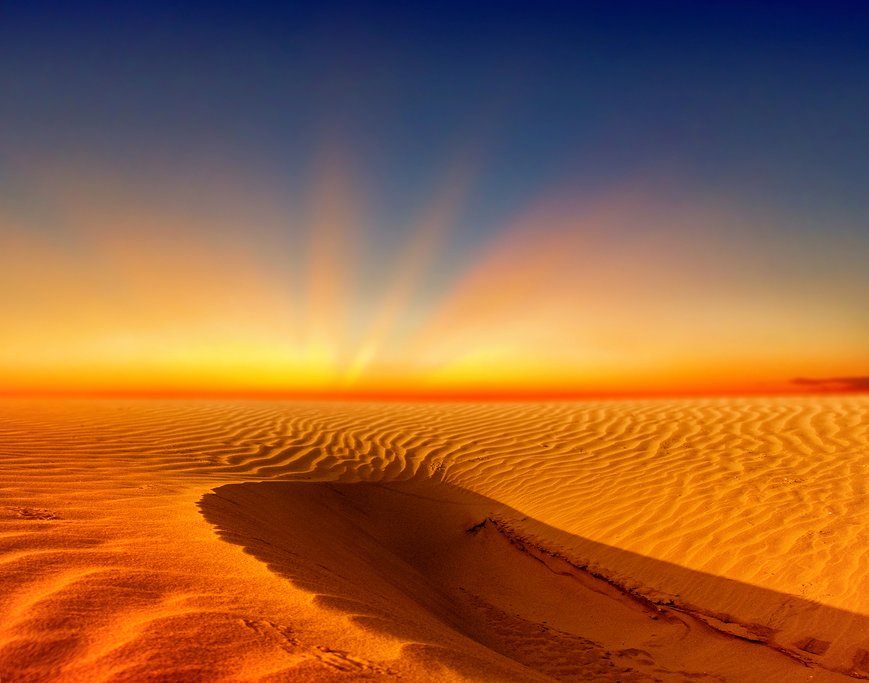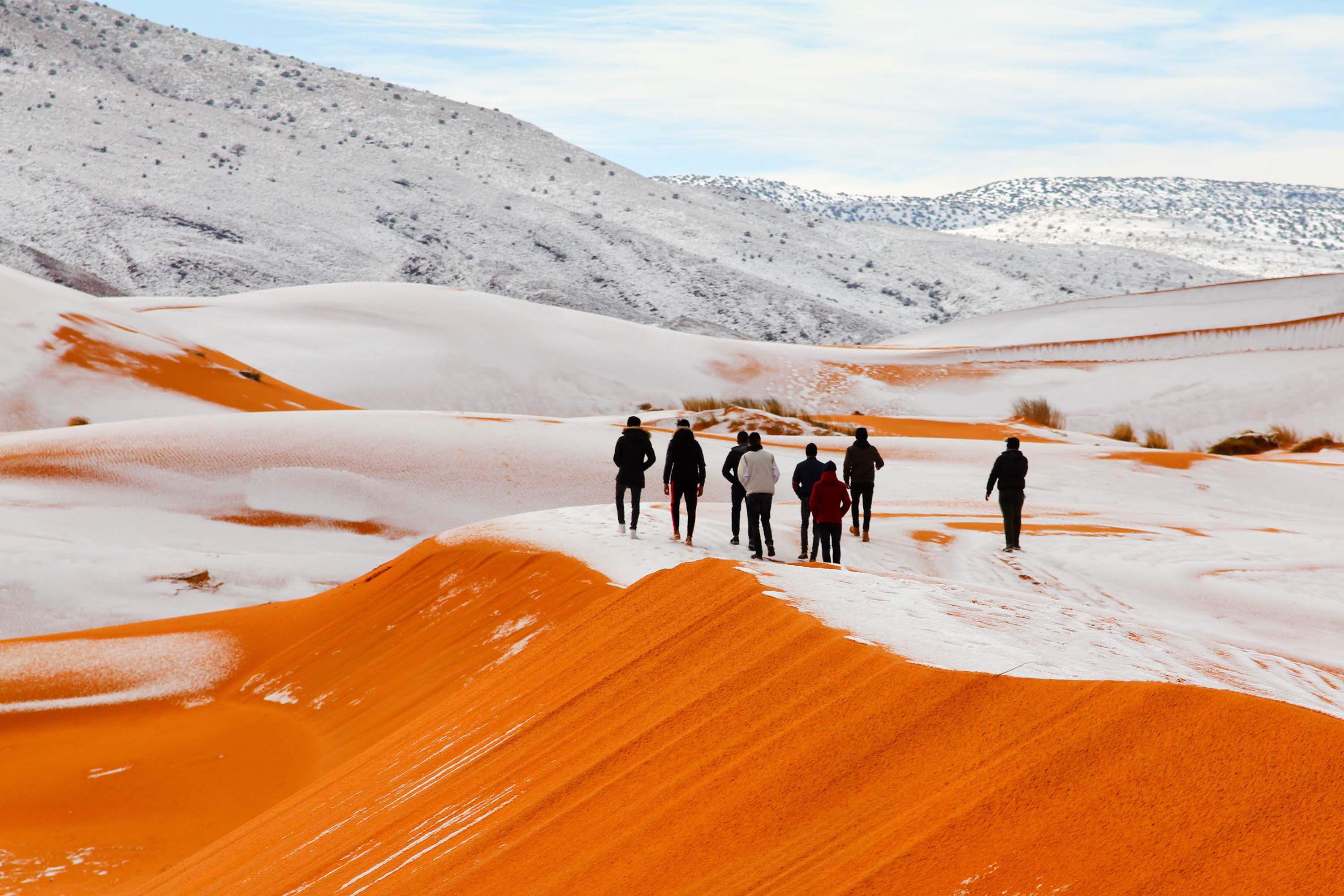Topic facts about the sahara desert in africa: Embark on a journey through the Sahara Desert, a marvel of Africa, where scorching sands and ancient secrets blend. Uncover fascinating facts about this vast, enigmatic land that has captivated explorers and dreamers alike.
Table of Content
- What is the size of the Sahara Desert in Africa?
- Geographical Scope and Climate of the Sahara
- Historical Transformation from Green Land to Desert
- Flora and Fauna: Life in the Sahara
- Human Settlement and Culture
- Environmental Challenges and Future Prospects
- Sahara"s Global Impact and Significance
- YOUTUBE: The Sahara Desert Ecosystems
- Unique Phenomena: Singing Sand Dunes and Rare Rainfall
- Adventure and Exploration
What is the size of the Sahara Desert in Africa?
The size of the Sahara Desert in Africa is approximately 8,600,000 square kilometres.
READ MORE:
Geographical Scope and Climate of the Sahara
The Sahara Desert, the world’s largest hot desert, spans across North Africa, covering large parts of Algeria, Chad, Egypt, Libya, Mali, Mauritania, Morocco, Niger, Western Sahara, Sudan, and Tunisia. This vast expanse makes up about 31% of Africa. Interestingly, the Sahara Desert was not always the arid landscape we know today. Evidence suggests that it was once green, particularly during periods approximately every 21,000 years due to changes in the Earth"s orbital precession. These greening periods transformed the desert into a land of vegetation and lakes, notably around 5,000 to 11,000 years ago.
- The Sahara"s climate is predominantly hot and dry, characterized by scorching temperatures during the day, sometimes reaching up to 54°C (130°F). However, night temperatures can plummet, occasionally falling below freezing.
- Despite being known for its extreme dryness, the Sahara does experience rare and occasional rain showers and thunderstorms. These events, although infrequent, can lead to flash floods in certain areas.
- The depth of sand in the Sahara varies widely. In some regions, it may be just a few centimeters deep, while in others, it can reach depths of up to 21-43 meters (69-141 feet).
- Underneath the Sahara lies the world"s largest fossil water aquifer system, the Nubian Sandstone Aquifer System, along with other geographical surprises like prehistoric mega-lakes.
- Interestingly, the Sahara has undergone historical shifts in temperature, with instances of snowfall recorded in recent decades, despite its reputation as one of the hottest places on Earth.
The Sahara Desert is not only a geographical wonder but also a testament to the dynamic and ever-changing nature of Earth"s landscapes.

Historical Transformation from Green Land to Desert
The Sahara Desert, now a vast expanse of arid land, has undergone dramatic environmental changes over thousands of years. It was not always the dry, hot desert we know today. Around 10,000 years ago, the Sahara was a verdant region with a lush landscape characterized by grasslands and abundant vegetation, supporting a variety of wildlife and human settlements.
- Historical Climate Shifts: The Sahara"s climate has experienced significant fluctuations due to Earth"s orbital changes. These shifts led to alternating wet and dry periods, transforming the Sahara from green land to desert.
- Desertification Process: Around 8,000 to 4,500 years ago, the Sahara witnessed a rapid transition from a humid environment to the arid desert present today. This change was more abrupt than previously thought and was likely influenced by both natural climate cycles and human activities.
- Ancient Megalakes and Rivers: The Sahara once hosted large lakes and river systems, remnants of which can be found under the desert sands today. These bodies of water were integral to early human civilizations in the region.
- Green Sahara Periods: The Sahara has periodically transformed into a greener landscape every 21,000 years, with the last green phase occurring around 5,000 years ago. These greening periods were characterized by increased rainfall and vegetation, supporting diverse ecosystems.
- Modern Research and Discoveries: Ongoing scientific research continues to reveal fascinating insights into the Sahara"s past, including the discovery of ancient artifacts and fossils that offer a glimpse into the life that once thrived in this now desert region.
Understanding the Sahara"s historical transformation provides crucial insights into climate change and its impacts on environments and civilizations. The Sahara serves as a stark reminder of the dynamic and ever-changing nature of our planet"s ecosystems.
Flora and Fauna: Life in the Sahara
The Sahara Desert, despite its harsh and arid conditions, supports a diverse range of flora and fauna that have adapted remarkably to the extreme environment. The life in the Sahara is a testament to nature"s resilience and adaptability.
- Desert Plants: The vegetation in the Sahara is mostly limited to desert shrubs and trees that have adapted to survive with minimal water. Plants like the date palm, acacia, and various cacti species are common. These plants have deep root systems or water-storing capacities to thrive in the desert.
- Adaptive Fauna: The animal life in the Sahara includes a variety of mammals, reptiles, insects, and birds that have adapted to the desert climate. Notable species include the Fennec fox, which has large ears for heat dissipation, and the dromedary camel, known for its ability to go without water for long periods.
- Insect Life: The Sahara is home to numerous insects, including beetles and ants, which play a crucial role in the desert ecosystem. These insects are often at the base of the food chain and are vital for nutrient cycling.
- Bird Species: Birds such as the African silverbill and the sandgrouse are found in the Sahara. These birds have adapted to the desert"s extreme conditions, often traveling long distances for water.
- Endangered Species: The Sahara also hosts several endangered species, such as the addax, a type of antelope, and the Saharan cheetah. Conservation efforts are ongoing to protect these rare animals from further decline.
Life in the Sahara Desert, though sparse and challenging, is a rich tapestry of adaptive and resilient species, each uniquely suited to its demanding environment.
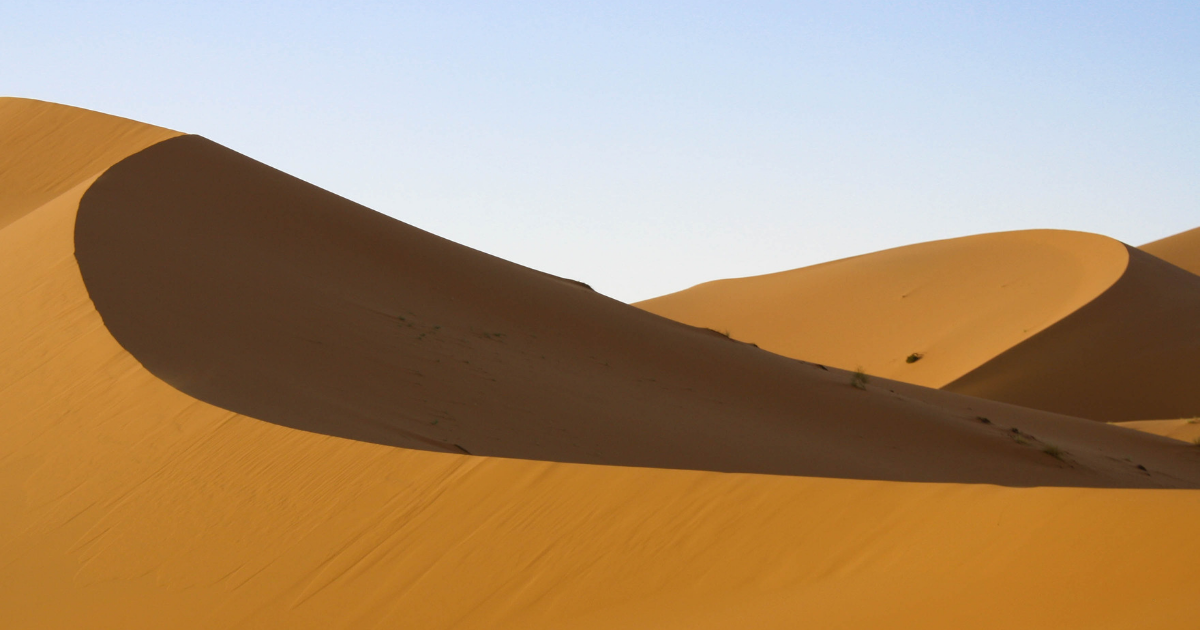
Human Settlement and Culture
The Sahara Desert, while harsh and challenging, has been home to various human settlements and cultures for thousands of years. The people of the Sahara have developed unique ways of life, adapting to one of the most extreme environments on Earth.
- Nomadic Tribes: The Sahara is famously home to nomadic tribes such as the Tuareg and the Bedouins. These groups have historically traveled across the desert, herding camels and goats, and have a rich cultural heritage including music, poetry, and craft.
- Oasis Settlements: Oases are vital for life in the Sahara, providing water sources and enabling the growth of vegetation. Around these oases, permanent settlements have developed where agriculture is practiced, and date palms are commonly cultivated.
- Historical Significance: The Sahara has a deep historical significance, with ancient trade routes crossing the desert, connecting Sub-Saharan Africa with the Mediterranean world. It facilitated the spread of religions, cultures, and goods, including salt and gold.
- Archaeological Sites: The Sahara is dotted with archaeological sites that tell the story of its past inhabitants. Rock paintings and carvings in places like the Tassili n"Ajjer in Algeria offer insights into the prehistoric communities that once thrived here.
- Modern Challenges: Today, the Sahara"s inhabitants face modern challenges, including political conflicts and the impacts of climate change. Despite this, they continue to uphold a rich cultural legacy and adapt to changing conditions.
The human aspect of the Sahara is as compelling as its natural landscape, offering a glimpse into the resilience and adaptability of societies in extreme conditions.
Environmental Challenges and Future Prospects
The Sahara Desert, while a region of stark beauty and rich history, faces significant environmental challenges that have implications both locally and globally. These challenges also open the door to future prospects and opportunities for sustainable development and environmental conservation.
- Desertification: One of the major environmental concerns in the Sahara is the process of desertification. The expansion of desert landscapes due to climate change and human activities threatens the livelihoods of the people living at its margins and leads to the loss of biodiversity.
- Water Scarcity: Water scarcity is a critical issue in the Sahara, impacting both human settlements and wildlife. The search for sustainable water sources is ongoing, including the potential exploitation of underground aquifers and innovative water conservation techniques.
- Climate Change Impact: Climate change is altering the Sahara"s environment, potentially leading to more extreme temperatures and unpredictable weather patterns. This poses challenges to traditional ways of life and could further accelerate desertification.
- Renewable Energy Potential: The Sahara"s vast, sunny landscapes present a significant opportunity for renewable energy development, particularly solar power. Harnessing this potential could provide clean energy and economic growth for the region.
- Conservation Efforts: Efforts are being made to conserve the unique flora and fauna of the Sahara, protect its cultural heritage, and promote sustainable practices among its inhabitants. International collaboration and local initiatives are key to these conservation efforts.
Addressing the environmental challenges of the Sahara requires a balanced approach that respects the delicate desert ecosystem while seeking sustainable solutions for its future. The Sahara"s vast expanse holds not just challenges, but also immense potential for innovation and resilience.
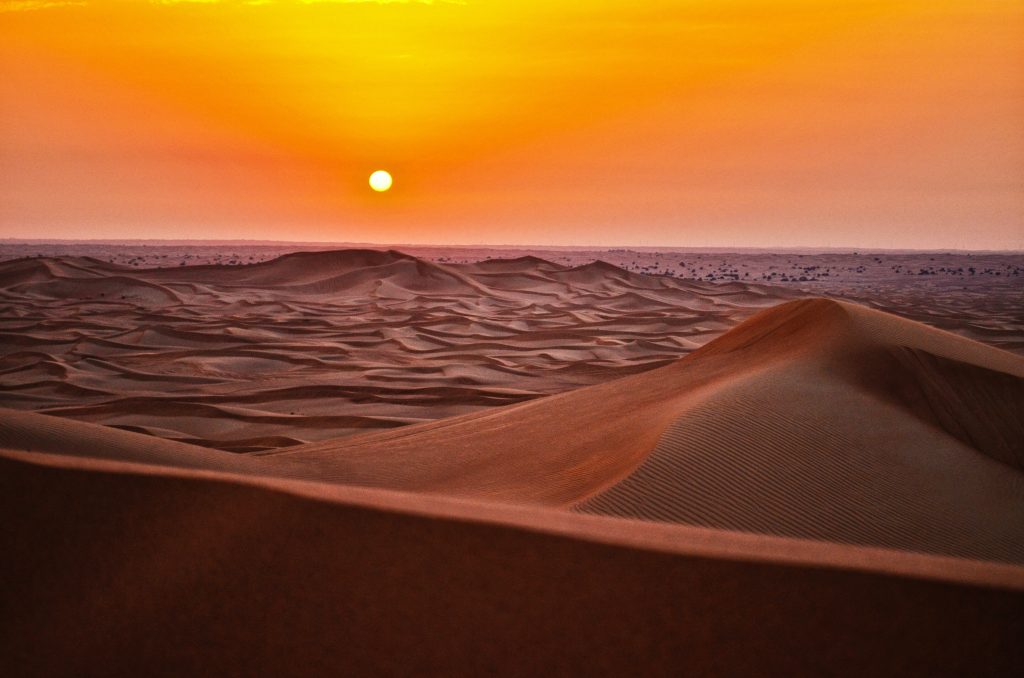
Sahara"s Global Impact and Significance
The Sahara Desert, extending far beyond a vast barren land, plays a significant role in global environmental systems and cultural landscapes. Its impact and importance have been felt across various aspects of life, both regionally and globally.
- Climate Influence: The Sahara significantly affects weather patterns far beyond its borders. The desert"s heat generates the Saharan Air Layer, a mass of very dry, dusty air that impacts weather across the Atlantic Ocean and can even influence hurricanes in the Caribbean and North America.
- Ecological Diversity: Contrary to popular belief, the Sahara is not just a lifeless expanse. It supports a unique ecological system with endemic species adapted to extreme desert conditions, contributing to global biodiversity.
- Cultural Heritage: The Sahara holds a treasure trove of human history, with ancient rock art, archaeological sites, and remnants of past civilizations that have shaped human culture and history. It is a testament to human resilience and adaptation.
- Economic Resources: The desert is rich in natural resources, including minerals like phosphates and metals. The discovery and extraction of these resources have significant economic implications for the region and beyond.
- Solar Energy Potential: The Sahara"s vast area and high solar irradiance make it a prime location for solar energy production. Harnessing this potential could provide substantial renewable energy, contributing to global efforts in combating climate change.
The Sahara Desert is more than just a geographic feature; it is an integral part of our global environment, contributing to biodiversity, culture, climate, and renewable energy opportunities, thus holding immense global significance.
The Sahara Desert Ecosystems
Discover the breathtaking beauty and mesmerizing landscapes of the Sahara Desert in this captivating video. Immerse yourself in the vast sandy dunes, experience the surreal sunsets, and marvel at the untamed nature of this incredible desert.
Interesting Facts About the Sahara Desert
Prepare to be amazed as you embark on an incredible journey of discovery through this intriguing video. From mind-boggling facts to fascinating stories, this video will pique your curiosity and keep you captivated till the very end. Don\'t miss out on this interesting adventure!
Unique Phenomena: Singing Sand Dunes and Rare Rainfall
The Sahara Desert is home to some of the most intriguing natural phenomena on Earth, namely its "singing" sand dunes and the rare, yet impactful, rainfall events. These features not only add to the desert"s mystique but also have significant scientific interest.
- Singing Sand Dunes: One of the most captivating phenomena in the Sahara is the singing or booming sand dunes. When the sand grains move, they create a low-pitched rumble or musical sound. This rare occurrence is not fully understood but is believed to be caused by the friction between the sand grains or the air flow over dunes.
- Rare Rainfall: Rainfall in the Sahara is a rare event, with some regions receiving rain only a few times a decade. However, when it does rain, it can be quite heavy, leading to sudden and dramatic changes in the landscape, including temporary lakes and revived vegetation.
- Impact of Rare Rainfall: These infrequent rains play a crucial role in sustaining the life that exists in the desert. They replenish water sources at oases and support the growth of plants, which are vital for the desert"s ecosystem.
- Scientific Study: Both singing dunes and rare rainfall events are subjects of ongoing scientific research. They provide insights into desert dynamics, sand movement, and the effects of climate change on arid environments.
- Cultural Significance: Beyond their scientific interest, these phenomena have also shaped the cultural narratives and folklore of the people living in and around the Sahara, adding to the desert"s rich cultural tapestry.
These unique phenomena of the Sahara Desert not only contribute to its allure and mystery but also offer valuable insights into environmental and geological processes.
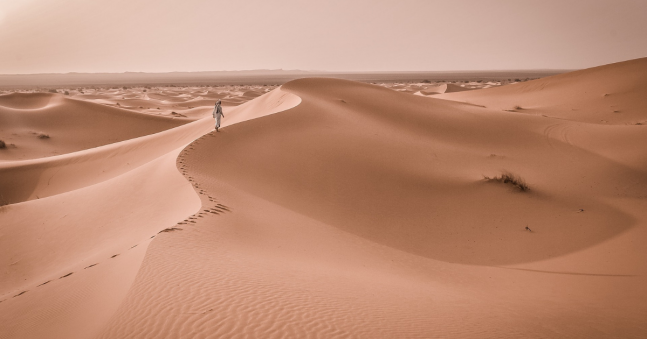
READ MORE:
Adventure and Exploration
The Sahara Desert, with its vast expanses and unique landscapes, offers numerous opportunities for adventure and exploration. From the thrill of a camel trek to the discovery of ancient civilizations, the Sahara is a destination that promises an unforgettable experience for adventurers and explorers alike.
- Camel Treks and Safari Tours: Embarking on a camel trek or a 4x4 safari tour is one of the most popular ways to explore the Sahara. These excursions offer a glimpse into the vastness of the desert and a chance to experience the traditional lifestyle of nomadic tribes.
- Desert Camping: Camping under the Sahara"s star-studded skies offers a serene and unique overnight experience. It"s an opportunity to witness the desert"s beauty in its most natural state, from sunrise to sunset.
- Ancient Ruins and Rock Art: The Sahara is home to numerous archaeological sites and ancient rock art, providing a window into the history and cultures that once flourished in this region. Exploring these sites is like stepping back in time.
- Oases and Natural Wonders: Visiting the oases scattered across the Sahara offers a contrast to the desert"s aridity. These vibrant, life-giving areas are often surrounded by local villages and unique biodiversity.
- Desert Festivals and Cultural Experiences: Participating in cultural festivals and events held in and around the Sahara allows visitors to immerse themselves in the rich traditions and customs of desert life.
Whether it’s for the serene beauty, the cultural immersion, or the thrill of discovery, the Sahara Desert stands as a beacon for those seeking adventure and exploration in one of the world’s most awe-inspiring landscapes.
The Sahara Desert, a land of extreme beauty and intrigue, offers a unique blend of natural wonders, cultural richness, and adventurous spirit, inviting us to discover its timeless secrets and endless horizons.


